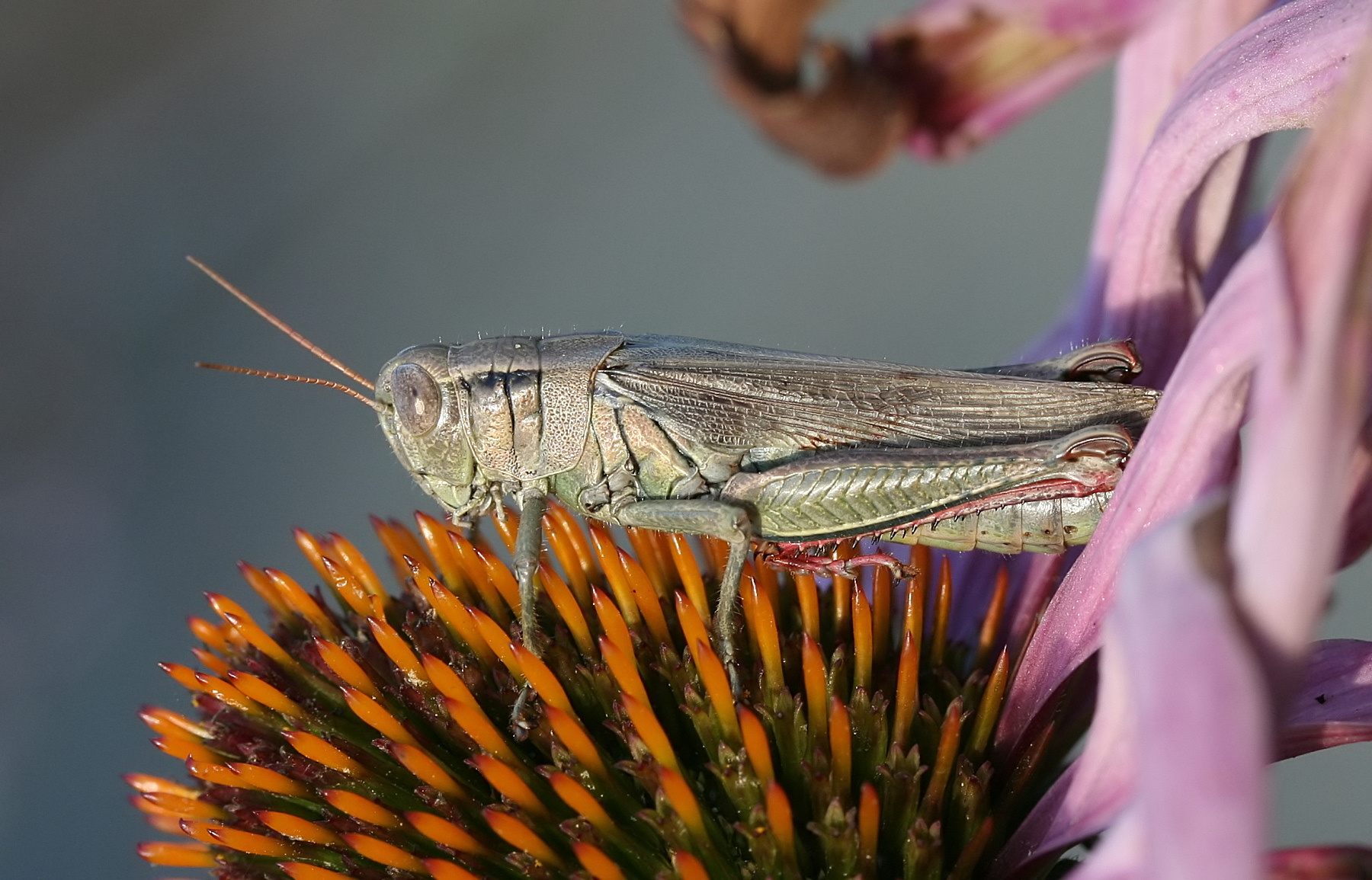|
Melanoplus Packardii
''Melanoplus packardii'', known generally as the "Packard's grasshopper", is a species of spur-throated grasshoppers in the family Acrididae The AcrididaeMacLeay WS (1821) ''Horae Entomologicae or Essays on the Annulose Animals'' 2 are the predominant family of grasshoppers, comprising some 10,000 of the 11,000 species of the entire suborder Caelifera. The Acrididae are best known bec .... It is found in North America. References * Capinera J.L, Scott R.D., Walker T.J. (2004). ''Field Guide to Grasshoppers, Katydids, and Crickets of the United States''. Cornell University Press. * Otte, Daniel (1995). "Grasshoppers cridomorphaC". ''Orthoptera Species File 4'', 518. Further reading NCBI Taxonomy Browser, ''Melanoplus packardii''* Arnett, Ross H. (2000). ''American Insects: A Handbook of the Insects of America North of Mexico''. CRC Press. Melanoplinae Insects described in 1878 {{melanoplus-stub ... [...More Info...] [...Related Items...] OR: [Wikipedia] [Google] [Baidu] |
Acrididae
The AcrididaeMacLeay WS (1821) ''Horae Entomologicae or Essays on the Annulose Animals'' 2 are the predominant family of grasshoppers, comprising some 10,000 of the 11,000 species of the entire suborder Caelifera. The Acrididae are best known because all locusts (swarming grasshoppers) are of the Acrididae. The subfamily Oedipodinae is sometimes classified as a distinct family Oedipodidae in the superfamily Acridoidea. Acrididae grasshoppers are characterized by relatively short and stout antennae, and tympana on the side of the first abdominal segment. Subfamilies The ''Orthoptera Species File'' (September 2021) lists the following subfamilies of Acrididae. The numbers of genera and species are approximate and may change over time. # Acridinae MacLeay, 1821 (140 genera, 470 species), Worldwide: temperate and tropical # Calliptaminae Jacobson, 1905 (12 genera, 90 species), Africa, Europe, Asia # Caryandinae Yin & Liu, 1987 (3 genera, 100 species), Africa, Asia ## ''C ... [...More Info...] [...Related Items...] OR: [Wikipedia] [Google] [Baidu] |
Melanoplus Packardii P1470018a
__NOTOC__ ''Melanoplus'' is a large genus of grasshoppers. They are the typical large grasshoppers (and in some cases migratory " locusts") in North America. A common name is spur-throat grasshoppers (also "spurthroat" or "spur-throated grasshoppers"), but this more typically refers to members of the related subfamily Catantopinae. The largest grasshoppers of this genus can reach nearly in length, but most are smaller. Some are intricately patterned and colorful, others are drab. ''Melanoplus'' species eat grasses of all kinds, as well as leafy and grassy agricultural crops and garden plants. They feed on the leaves, and sometimes fruit, flowers, and buds, as well as tree bark. Many of the more notable agricultural pest grasshoppers belong here, including the Rocky Mountain locust, the most significant insect pest of the 19th century Great Plains, but now extinct. Selected species New species are often being discovered and described in this genus where speciation runs rampa ... [...More Info...] [...Related Items...] OR: [Wikipedia] [Google] [Baidu] |
Melanoplinae
The Melanoplinae are a subfamily of grasshoppers in the family Acrididae. They are distributed across the Holarctic and Neotropical realms. They are one of the two largest subfamilies in the Acrididae. As of 2001 the Melanoplinae contained over 800 species in over 100 genera, with more species being described continuously. Tribes and Genera The genera of the Melanoplinae are classified in 6 tribes, that include: Conalcaeini (Nearctic), Dactylotini (Nearctic), Dichroplini (mostly Neotropical), Jivarini (Neotropical), Melanoplini and Podismini (synonym Prumnini). These genera belong to the subfamily Melanoplinae: * ''Aeoloplides'' Caudell, 1915 * ''Agnostokasia'' Gurney & Rentz, 1964 * ''Agroecotettix'' Bruner, 1908 * ''Aidemona'' Brunner, 1893 * '' Akamasacris'' Cigliano & Otte, 2003 * '' Anepipodisma'' Huang, 1984 * '' Apacris'' Hebard, 1931 * ''Appalachia'' Rehn & Rehn, 1936 * ''Aptenopedes'' Scudder, 1877 * '' Argemiacris'' Ronderos, 1978 * '' Asemoplus'' Scudder, 18 ... [...More Info...] [...Related Items...] OR: [Wikipedia] [Google] [Baidu] |


